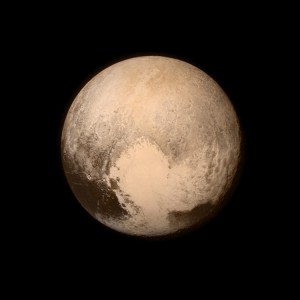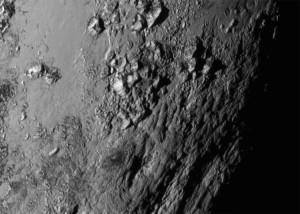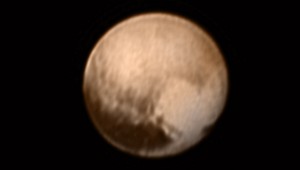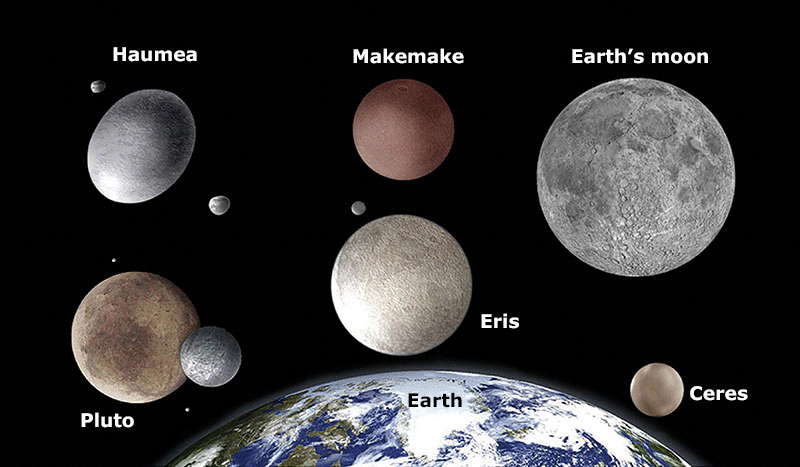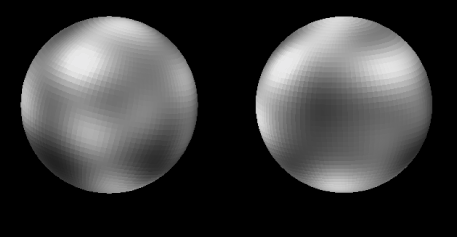Pluto’s Hazy Weather Revealed
Monday, September 21st, 2015September 21, 2015
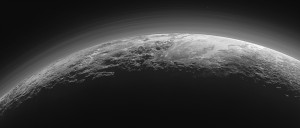
Hazy Pluto: Just 15 minutes after its closest approach to Pluto on July 14, 2015, NASA’s New Horizons spacecraft looked back toward the sun and captured this near-sunset view of the rugged, icy mountains and flat ice plains extending to Pluto’s horizon. The image was taken from a distance of 11,000 miles (18,000 kilometers) to Pluto; the scene is 780 miles (1,250 kilometers) wide. Credit: NASA/JHUAPL/SwRI
Despite Pluto’s immense distance from the sun and its frigid temperatures, it is proving to be an incredibly active and varied world. Since the United States National Aeronautics and Space Administration’s (NASA’s) New Horizons probe sped past the dwarf planet on July 14 of this year, it has been slowly sending data back to Earth. This process will continue until the end of next year, and the probe continues to change scientists’ view of Pluto.
New Horizons is the first space probe sent to study the dwarf planet Pluto. The main goal of the mission is to explore Pluto and its large moon, Charon. Mission managers are also planning other encounters for New Horizons in the Kuiper belt, the band of icy bodies beyond the orbit of Neptune. The measurements made by New Horizons will help scientists learn about the nature of these Kuiper belt objects (KBO’s), thought to be the remains of the material that came together to form the planets.
On Thursday, NASA released pictures New Horizons took of Pluto as it was speeding away from the dwarf planet. The probe captured stunning images of Pluto’s hazy atmosphere, craggy mountains, and smooth plains backlit by the faint light of the setting sun. Aside from being incredibly beautiful, these images are helping scientists to better understand the forces responsible for shaping Pluto.
Scientists now think that Pluto’s polar areas have a nitrogen cycle similar to Earth’s water cycle. Gaseous nitrogen in Pluto’s atmosphere probably condenses and falls back to the surface as snow. This may be driven by uneven heating and cooling from the distant sun, just like Earth’s weather. Glaciers of nitrogen ice cover many parts of the planet, much like the glaciers made of water ice in Greenland and Antarctica. Scientists eagerly await the next exciting batch of images that New Horizons will deliver.
Other World Book Behind the headline articles
- Pluto Dazzles in First Close-Up (July 17, 2015)
- Cold, “Dead” World Alive and Kicking (July 28, 2015)


